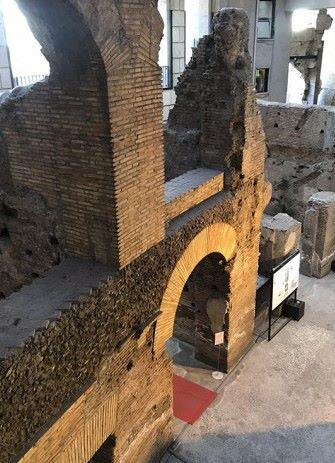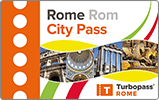






The Stadio di Domiziano, an important archaeological site under Piazza Navona in Rome, opened its doors to the public in January 2014 after a long restoration phase. These ancient ruins, which lie around 5 metres below street level, represent the first and only masonry stadium ever built in ancient Rome and are a UNESCO World Heritage Site.
The stadium, which had a circus shape and was around 275 metres long and 106 metres wide, was built from travertine blocks and masonry. It could seat up to 30,000 spectators and had an impressive façade design with arcades and marble columns. The main entrance was emphasised by an impressive archway.
The exhibition offers a rich collection of unpublished photographs, three-dimensional reconstructions, videos and information panels that illustrate the thousand-year history of the stadium, its development and Roman sport. Particularly noteworthy are the archaeological finds such as sculpture fragments and a pentelic marble torso depicting a copy of Praxiteles' Apollo Lykeios.
The Stadio di Domiziano offers over 50,000 visitors a year the opportunity to immerse themselves in the ancient Roman world and experience the historical heritage of this impressive site.

Clickhere
to see on google maps
Address:
Via di Tor Sanguigna 3 - 00186 - Rome, Italy
Visit the Stadium of Domitian in Piazza Navona free of charge with the Rome City Pass - Book now!
Free admission to world-famous sights and museums. Free airport transfer can be added. Discounts included.

incl. VAT and service fees, free shipping via e-mail